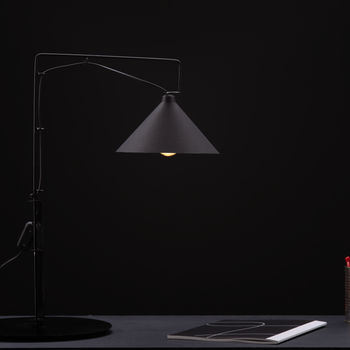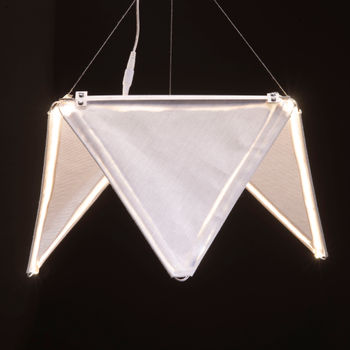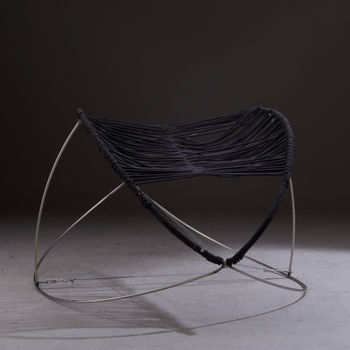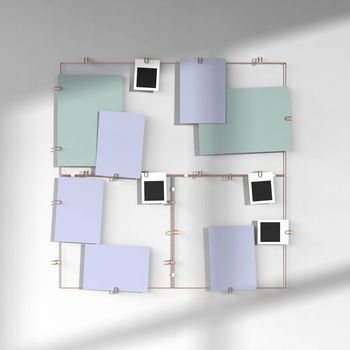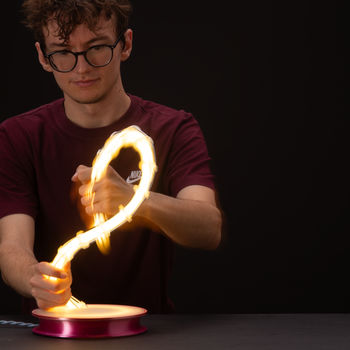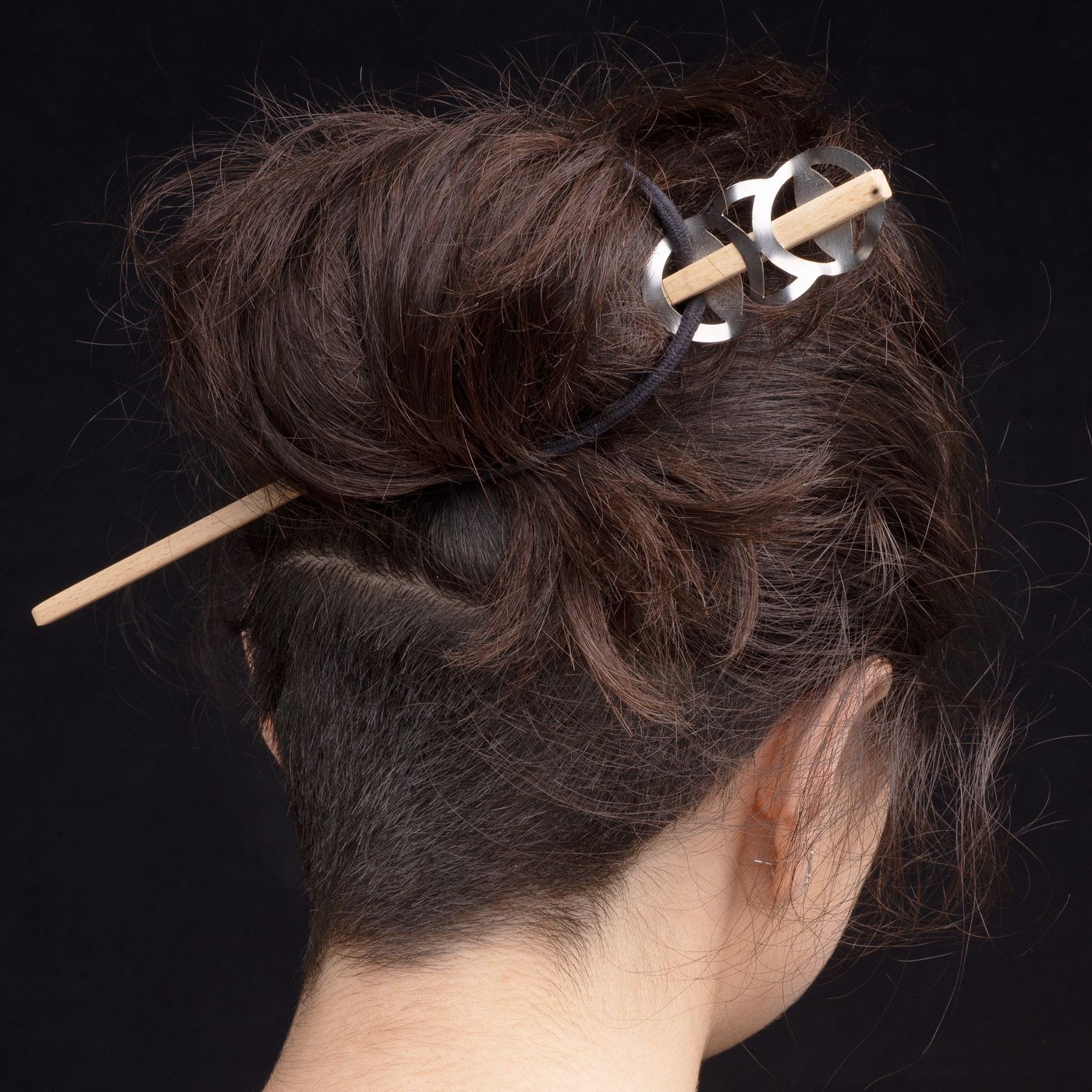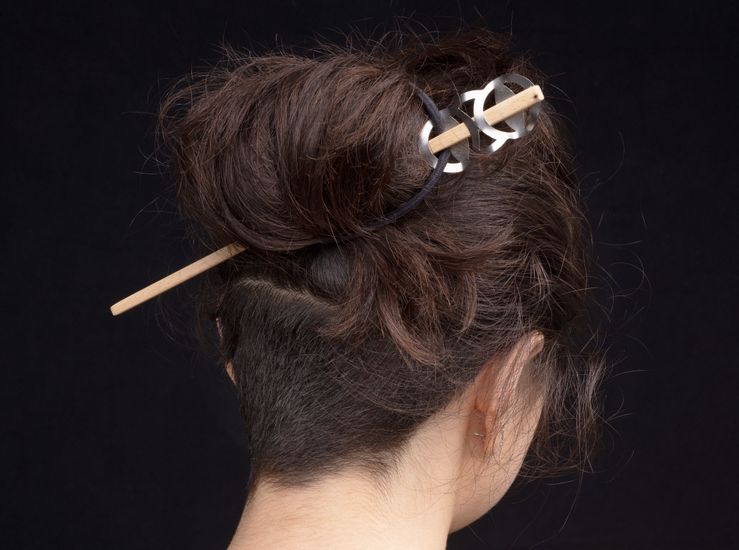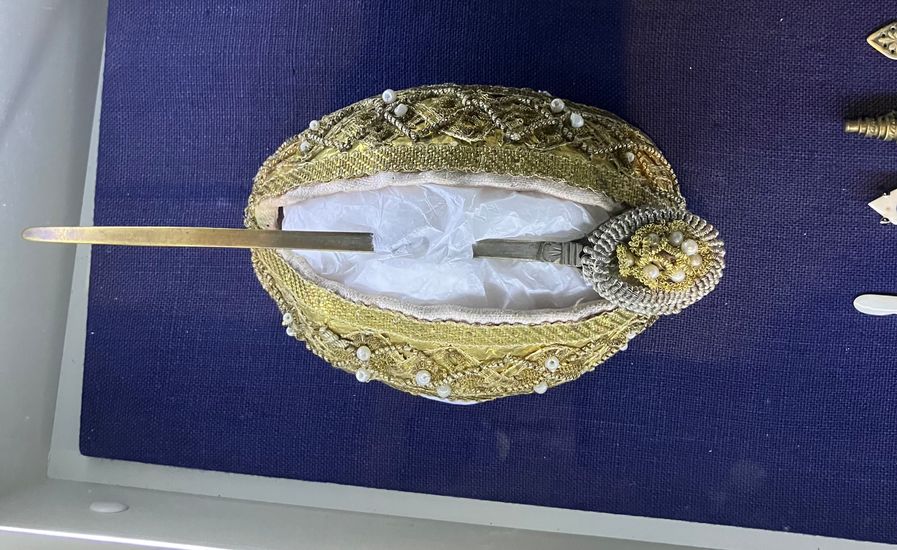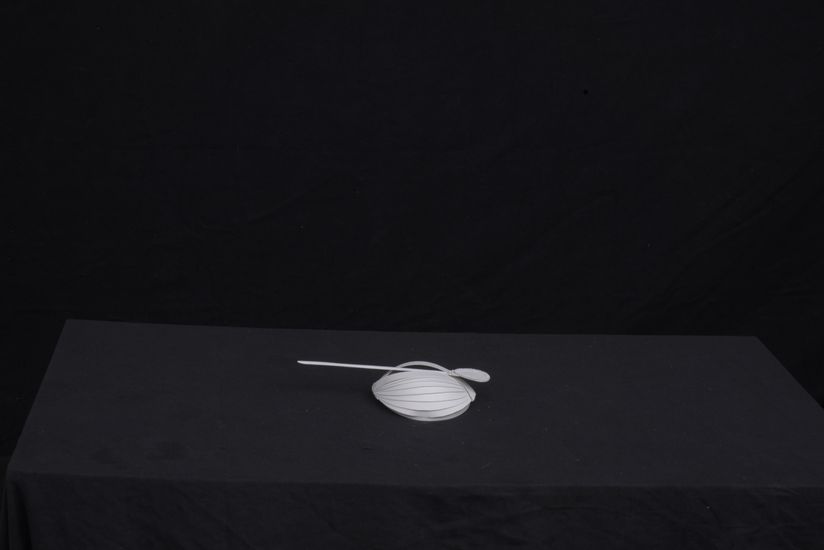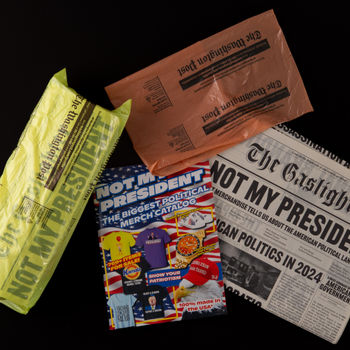Sissi-Hairpin and Fruit Swing
Isabella Emi Nakamizu Wiesen
Sissi is a modernized take on a beautifully ornate south Tyrollean hair pin and bun holder that is gender neutral and minimalist. The hair pin has a uniquely embedded hair tie that facilitates the fastening of the pin and keeps your hair bound comfortably and tightly away from your face all day.
The Fruit Swing is a spacious, simply constructed fruit platter. Its two tiered, open design leaves space for all your fruit to be on full display, and its delightful tilting mechanism brings a spark of joy into your daily life!
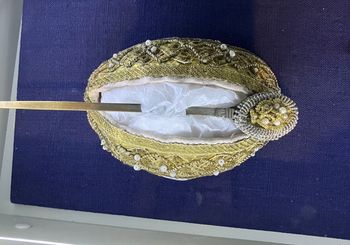
This Hair pin and bun holder is from the Tyroler Volkskunstmuseum in Innsbruck. It is comprised of a piece of fabric that is stretched over the hair, and works in conjunction with a pin that is inserted to fasten the hair to the fabric.
As Found. Design Inspiration from Regional Folk Craft Museums.
